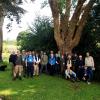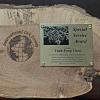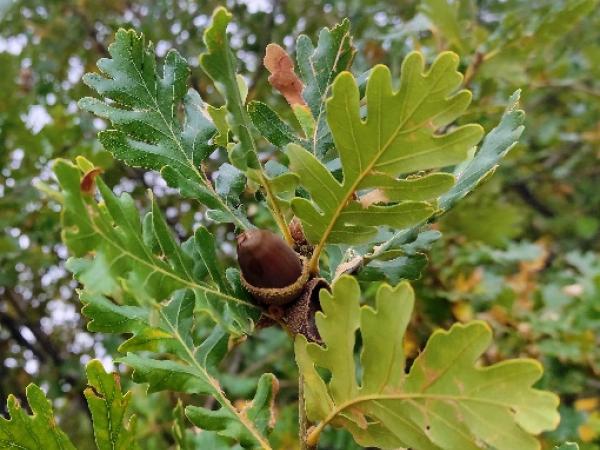Editor's Picks
Plant Focus
Epigenetics as a Potential Mechanism of Rapid Response to Climate Change in the Endangered Oak Quercus hinckleyi
Project Contact:Antonio Castilla, Assistant Professor, Oklahoma State University, 301 Physical Sciences Room 423 Stillwater, OK 74078-3031, USA.

Executive Summary: Although genetic diversity is widely accepted as a critical factor for species survival, recent studies suggest that epigenetic variation may provide an additional layer of adaptive potential. Unlike genetic variation, which changes slowly over time, epigenetic changes can respond more quickly to environmental stimuli and can be inherited across generations, potentially providing a response mechanism to rapid environmental change. Despite the increasing recognition of epigenetic variation’s potential, its role in plant adaptation, especially in non-model species, remains underexplored. This research proposal addresses the urgent need for effective conservation strategies for Quercus hinckleyi, a Critically Endangered oak species restricted primarily to a single county in West Texas, USA. By quantifying genomic and epigenomic variation, this research project aims to assess accurately the species’ adaptive potential and inform conservation efforts.
This project will leverage next-generation sequencing to guide ex-situ collection strategies, maximizing adaptive potential through the preservation of genetic and epigenetic variation. Using cutting-edge sequencing technologies, we aim to investigate how genetic and epigenetic diversity is distributed within natural Q. hinckleyi populations and how these factors contribute to the species’ response to environmental pressures. The findings will inform an integrated genetic and epigenetic management plan for the species that will guide ex-situ conservation in botanical gardens. This comprehensive approach will ensure the preservation of species’ adaptive potential in the face of climate change.
The team conducting this research has extensive experience in the conservation genetics of oak species, including Q. hinckleyi. Our collaboration brings together researchers and managers, actively engaged in the ex-situ conservation of Q. hinckleyi. The team’s experience with the species, coupled with a strong background in genomic data analysis, positions us to conduct this innovative research. The collected data will be shared with conservationists and managers through scientific publications, conference presentations, and outreach efforts. Our research will also inform strategies for broader species conservation, helping to develop protocols that can be applied to other threatened species with similar conservation challenges.
This research project is designed to ensure the long-term sustainability of Q. hinckleyi. By integrating both genetic and epigenetic diversity into ex-situ collections, we aim to enhance the species' resilience to environmental changes. Once established, these collections will only require resources for ongoing maintenance, ensuring that the species’ survival is supported beyond the immediate funding period. This integrated approach represents a significant step forward in conservation genomics, offering new insights into how genetic and epigenetic variation can be preserved to support species adaptation in the face of climate change.
Target Species:
Quercus hinckleyi (CR)















